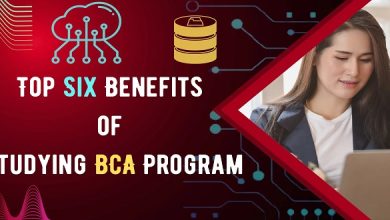Effective Classroom Management Strategies: Fostering an Optimal Learning Environment

Introduction:
Creating an optimal learning environment is vital for students’ academic success and overall well-being. One key component of a successful learning environment is effective classroom management. Classroom management refers to the strategies and techniques employed by educators to establish a positive and structured classroom environment that maximizes learning opportunities. In this article, we will explore effective classroom management strategies that help foster an optimal learning environment.
Establishing Clear Expectations and Rules:
Setting clear expectations and rules is fundamental for effective classroom management. Educators should communicate their expectations regarding behavior, participation, and academic performance to students at the beginning of the school year or semester. Clearly defined rules and expectations provide students with a sense of structure and create a positive learning atmosphere.
Building Positive Relationships:
Developing positive relationships between educators and students is essential for effective classroom management. By establishing rapport and trust, educators can create a supportive and respectful environment where students feel valued and motivated to engage in learning. Building positive relationships involves active listening, showing empathy, and providing constructive feedback to foster a positive classroom climate.
Engaging and Interactive Instruction:
Engaging and interactive instruction is a key component of effective classroom management. Incorporating interactive teaching methods, such as group work, discussions, and hands-on activities, encourages active student participation and maintains their interest in the subject matter. This approach promotes a positive and engaging classroom environment that minimizes disruptive behavior.
Consistent and Fair Discipline:
Consistency and fairness are crucial when implementing discipline strategies in the classroom. Educators should establish clear consequences for disruptive behavior and consistently enforce them. It is important to address behavioral issues promptly and fairly, taking into account individual circumstances and offering support when needed. A consistent and fair discipline approach helps maintain a respectful and orderly classroom environment.
Differentiated Instruction:
Differentiated instruction is an effective classroom management strategy that recognizes and caters to the diverse learning needs of students. By providing a variety of instructional approaches, educators can ensure that every student receives appropriate support and challenges. Differentiated instruction not only promotes academic growth but also minimizes behavior problems that may arise from frustration or boredom.
Effective Time Management:
Effective time management is crucial for maintaining a well-managed classroom. Educators should establish routines and allocate time efficiently for various activities, including instruction, independent work, and transitions. By effectively managing time, educators can minimize disruptions and create a structured learning environment that maximizes instructional time and student engagement.
Conclusion:
Effective classroom management is essential for fostering an optimal learning environment that promotes student growth and academic success. By establishing clear expectations, building positive relationships, and implementing engaging and interactive instruction, educators can create a positive and supportive classroom climate. Consistent and fair discipline strategies, along with differentiated instruction, cater to the diverse needs of students and minimize disruptive behavior. Effective time management ensures a structured and efficient learning environment. By implementing these classroom management strategies, educators can create an atmosphere that promotes active learning, student engagement, and overall well-being. A well-managed classroom cultivates a positive and productive learning environment that benefits both students and educators.



